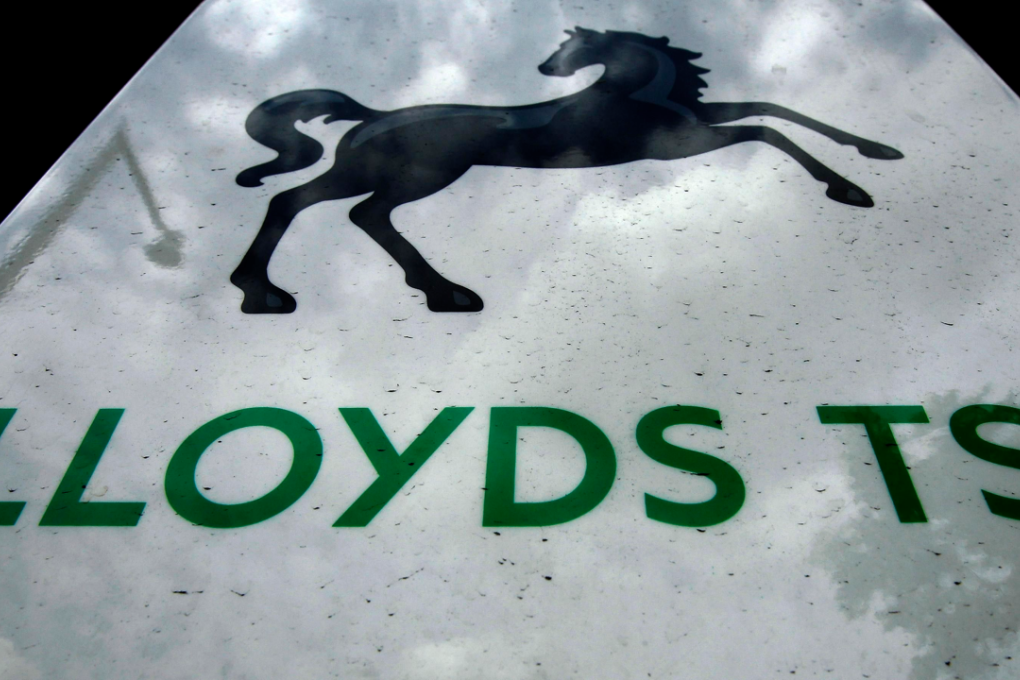Lloyds uses Google-backed AI to detect phone fraudsters
New technology creates an ‘audio fingerprint’ from phone and Skype calls

Lloyds Banking Group has partnered with a US artificial intelligence (AI) start-up Pindrop to use its technology to detect fraudulent phone calls.
Five-year-old Pindrop uses so-called machine learning technology which takes into account large amounts of data to learn the difference between a legitimate and fraudulent call is. In theory, the technology will get smarter and the company now has around 360 million calls going through its system which helps the software learn.
Pindrop can identify 147 different features of a voice from a phone call or even Skype call which can help a person identify information such as the location that a caller is in creating an “audio fingerprint”.
Lloyds Banking Group will introduce the software across the Lloyds Bank, Halifax and Bank of Scotland brands early next year.
Pindrop’s software will be integrated into Lloyd’s customer service offices. Representatives will see a traffic light system that will alert them if the call is fraudulent. From there, they can pass the call onto fraud specialists.
“Every time we mark a phone call as fraudulent, we tell the system it did well and the machine learns. When we get it wrong, Lloyds lets us know, the machine learning system is constantly learning,” Vijay Balasubramaniyan, chief executive of Pindrop, told CNBC by phone.